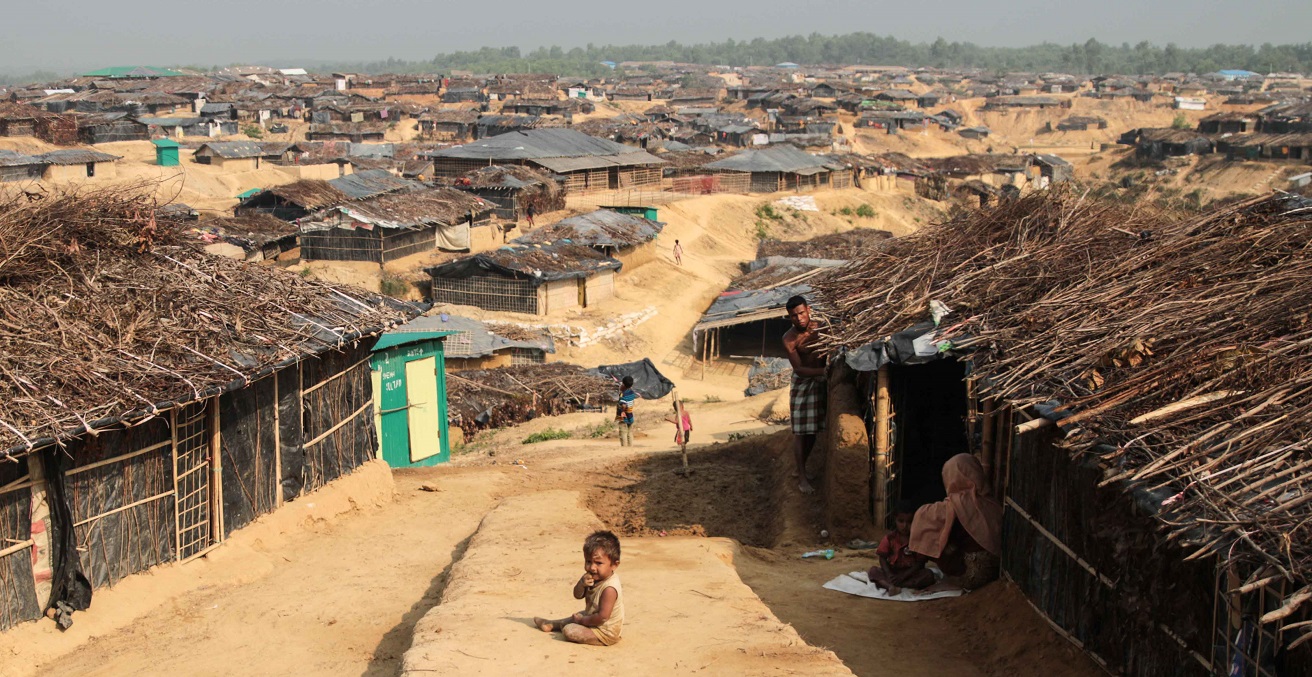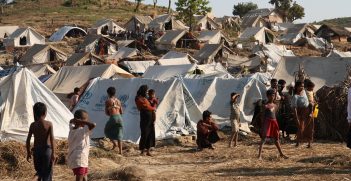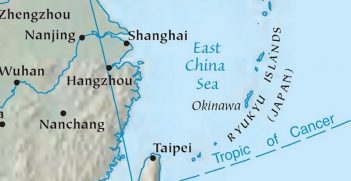Return or Remain? The Uncertain Future of Rohingya Refugees

Myanmar’s brutal military crackdown on its Rohingya minority shocked the world. As the refugees enter 2018 with their future still in limbo, has the international community finally decided on what actions to take?
The number of Rohingya refugees who have fled Myanmar to Bangladesh since August 2017 is edging towards 650,000 – out of a pre-crisis Rohingya population in Myanmar of just over one million. This makes Bangladesh home to the largest Rohingya population in the world at around one million.
This is because Bangladesh already housed 3 – 400,000 Rohingya refugees from previous crises, like the 2012-13 clashes, and the 2015 South East Asian Migration Crisis. One million is double the number who have made Saudi Arabia their home, and more than double the 400,000 who have yet to flee Myanmar.
Yet Bangladesh does not seem thrilled about its new status as the de facto home country of the Rohingya. In November, it signed an agreement with the civilian government in Myanmar on returning Rohingya refugees to the country where the autonomous Army is still carrying out clearing operations against their kin.
Thankfully, return is supposed to be voluntary. And Myanmar imposes restrictions on who has the right to return such that the overwhelming majority of the Rohingya in Bangladesh will be disqualified. In other words, this agreement will not have any significant impact on the fate of the Rohingya refugee population in Bangladesh. The agreement was largely an empty political gesture for the civilian government of Myanmar to show that they are bowing to international pressure on the Rohingya issue. And while the civilian government is bearing the brunt of international criticism, the Army is continuing its ethnic cleansing unabated.
The international community’s dilemma
This reality is putting the international community in something of a bind. The problem is that if we acknowledge the reality that Myanmar’s Army will successfully complete its project of ethnic cleansing, we will be seen as betraying the 400,000 Rohingya yet to be evicted from Myanmar, and aiding in that process. Acknowledgement will look like endorsement.
On the other hand, refusal to acknowledge this reality is having serious detrimental effects on the Rohingya in the refugee camps in Bangladesh. The government of Bangladesh has in past crises been one of the most friendly to Rohingya fleeing Myanmar. A humane response to these Muslim refugees fleeing Buddhist repression played well in domestic politics. But when the refugee numbers tripled in three months since August, the perception of both the local population and of the political establishment in the resource-stretched country has shifted.
Besides, the Rohingya problem was always supposed to be a temporary one. It was believed that as Myanmar progresses towards democracy with the election of Aung San Suu Kyi’s party to government, the humanitarian situation would improve, and the Rohingya would be able to take their rightful place in Myanmar’s society.
Now Bangladesh is slowly coming to the realisation that it has gained a new permanent population of one million refugees – and rising. But they are still resisting this reality. This is why Bangladesh is refusing to grant the latest wave of refugees full refugee status under international law, and is signing agreements with the government of Myanmar about returning some of them. It is also why the government is trying their best to isolate the refugee population from the rest of Bangladeshi society, restricting travel and commercial ties. They retain the hope that the Rohingya problem will go away – even though it is not obvious to anyone why or how this will happen.
The tragedy of all this is that the Rohingya have made so little progress, and are left with so little hope. They went from being a hated, marginalised alien people in Myanmar to being a marginalised alien people in Bangladesh. To be sure, neither the political leadership nor nationalist extremists in Bangladesh are actively trying to kill them or run them out of the country – at least not yet. But their situation in Bangladesh in 2017 is much more precarious than it was in Myanmar in 2010. And in a country that has its own problems with political instability and violence, the Rohingya have no reason to be confident for the future.
And yet, there is no going back. Much of the property, livestock and land left behind in Myanmar by the refugees has already been seized and redistributed to Buddhist Rakhine locals. And Aung San Suu Kyi’s government proposes to house many returning refugees in camps like the internally displaced peoples (IDP) camps set up in the aftermath of the 2012-13 waves of violence. The notion that the Rohingya might want to return to live in camps guarded by the very security forces which drove them out of their villages with extra-judicial killings and mass rape is lunacy.
There is only one good possible outcome to the ongoing situation. Bangladesh must embrace the Rohingya refugees and try to integrate them in their own society. That is the only way these people can have a safe future. It is the responsibility of the international community to persuade Bangladesh of this, and to offer all the support—financial and logistical—Bangladesh needs in order to accomplish it.
The sooner we start on this path, the more likely we are to succeed. Even if the politics require us to pretend otherwise, and even with the moral imperative to punish Myanmar’s army and government for their actions, we must now seriously start to build the foundations of a new life for the Rohingya in Bangladesh. Anything less than that, and we are only further punishing the victims. How we deal with Myanmar in the aftermath of this ethnic cleansing is a separate issue and one we can get to in due time. The suffering of the Rohingya is the more pressing issue.
Dr Azeem Ibrahim is a Senior Fellow at the Center for Global Policy in Washington DC and the author of The Rohingyas: Inside Myanmar’s Hidden Genocide (Hurst Publishers & Oxford University Press)
This article is published under a Creative Commons Licence and may be republished with attribution.





